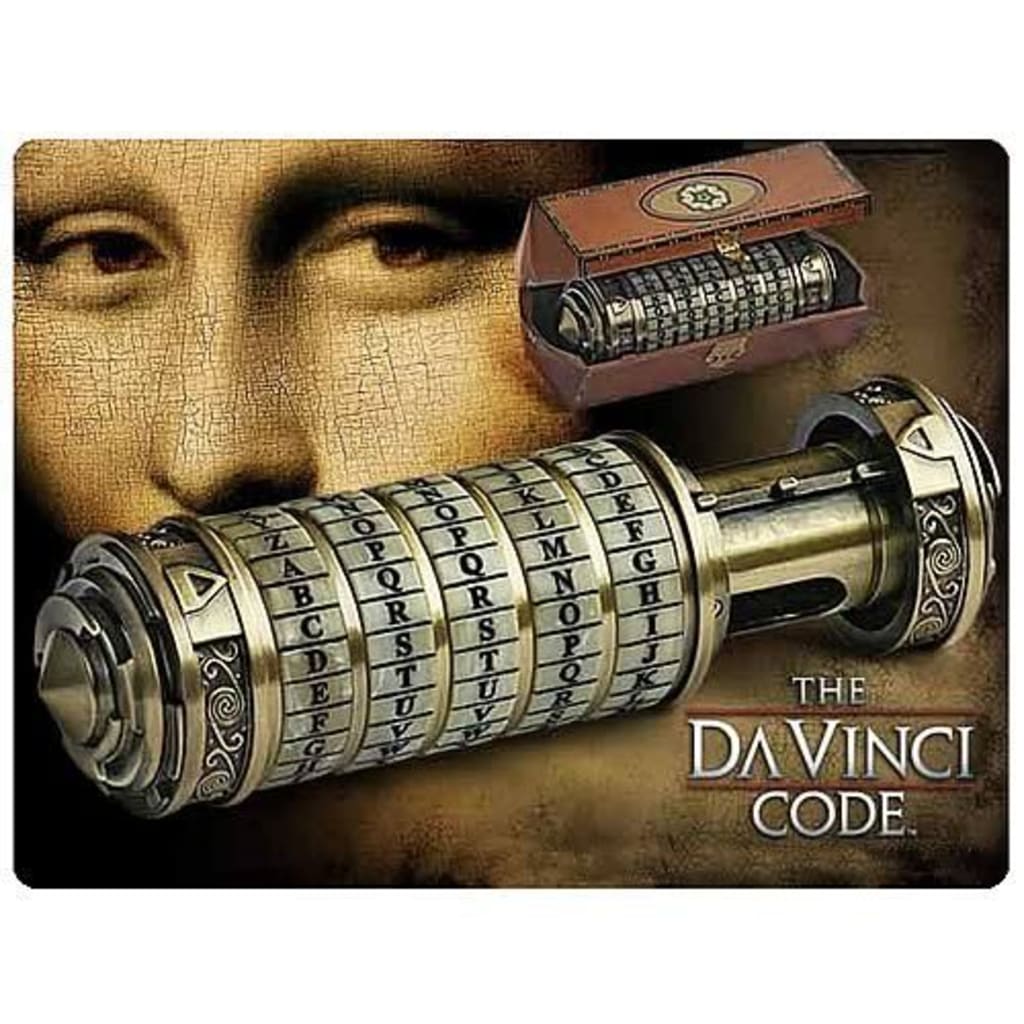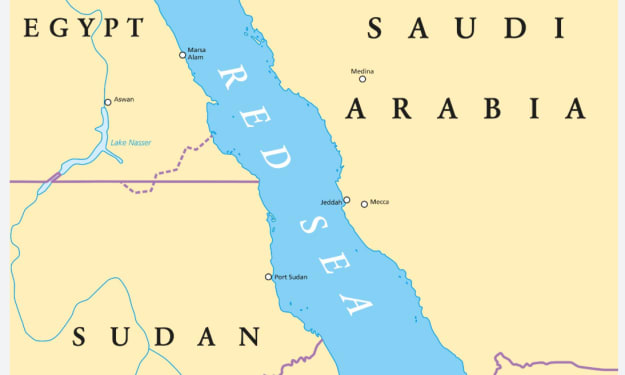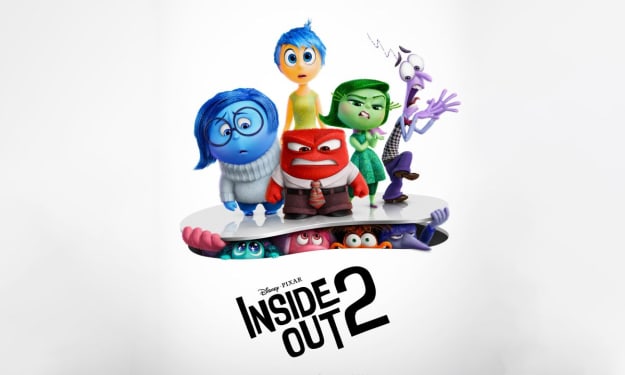
"The Da Vinci Code," a universally recognized novel and film, delves into the profound legacy of the illustrious Italian artist Leonardo da Vinci. This creative exploration finds echoes in the Teenage Mutant Ninja Turtles, a manifestation that pays homage to the brilliance of Italian Renaissance maestros—Leonardo, Donatello, Raphael, and Michelangelo. This intersection of artistic inspiration weaves a rich tapestry, inviting a nuanced exploration of cultural and religious themes resonating across time.
The controversy sparked by "The Da Vinci Code" unfolds as a tapestry of intrigue, weaving together depictions of secret societies and religious conspiracies. This narrative incites debates that transcend its fictional boundaries, delving into the realm of hidden messages, particularly those purportedly linked to the end times. Within this intellectual maelstrom, some theorists embark on a labyrinthine journey, uncovering intricate connections between the storyline's elements and Islamic eschatology.
At its core, "The Da Vinci Code" remains firmly rooted in the realm of fiction, offering a compelling canvas adorned with thought-provoking religious and historical references. Despite the allure of hidden depths, the narrative refrains from conclusively validating specific agendas or messages. Consequently, a judicious approach to the analysis of popular culture becomes imperative, emphasizing the necessity of grounding any claims about concealed meanings in clear and substantiated evidence.
Notably, "The Da Vinci Code" draw parallels with the hidden signs depicited in the all timer trilogy of "The Lord of The Rings,". The Sauron's Mordor serving as a metaphor for the island where the Antichrist (al-Masih al-Dajjal) is prophesied to emerge, and Isengard, depicted as an iron wall constructed by Dzulkarnain to safeguard against Gog and Magog. The character Gandalf, an elderly figure, draws associations with the awaited Mahdi, prophesied in Islamic teachings, while Aragorn takes on the representation of Jesus Christ. Yet, these associations demand substantial interpretive leaps and a reliance on allegorical readings, underscoring the complexity inherent in such comparative analyses.
Beyond that, the origins of Hollywood trace back to an intriguing genesis – initially, it was a holy stick possessed by a renowned sorcerer. This mystical implement endowed its owner with the power to wield magic, enabling the sorcerer to manipulate and hypnotize others, compelling them to follow his lead. Over time, this concept has evolved, taking on new dimensions in the realms of media industries, particularly in filmmaking and singing.
In contemporary contexts, Hollywood is not merely a physical place but a symbol encapsulating the ability to influence and shape minds. In the world of film and music, it is wielded metaphorically as a tool to captivate audiences and sway perspectives. The artistry and creativity inherent in Hollywood's productions are juxtaposed with the subtle suggestion that, akin to the enchanted stick of the sorcerer, these mediums possess a mesmerizing quality that can influence the thoughts and behaviors of those who engage with them.
This nuanced evolution of Hollywood from a mystical artifact to a metaphor for influence underscores the enduring fascination with the power of storytelling and entertainment. It prompts contemplation on the impact of media on societal perceptions, serving as a reminder of the intricate relationship between creativity, influence, and the narratives that shape our collective consciousness.
Exploring the connection between Samirah and Hollywood adds a layer of intrigue. Samirah, the birthplace of Musa bin Zafar, contemporaneous with Prophet Musa, also known as Samiri, as detailed in Ibn Kathir's interpretation. Samiri's moniker originates from his birthplace, Samirah. In "The Hobbit," Frodo's close companion, Sam, bears a name recurrent in numerous films. One might ponder whether these signs are mere coincidences or intentional. For the writer, these signs are just too obvious, leading to the belief that they could be orchestrated by ‘an entity’ who is the master of deceptions and falsehood, the Antichrist (Dajjal), as stated in the Quran and Bible.
This intricate web of symbolism and historical allusions weaves through the narrative, inviting a deeper understanding of the interplay between fiction and cultural echoes.
Within the realm of cultural scrutiny, appreciating these works for their artistic merit becomes a guiding principle. Concurrently, the discerning eye assumes a pivotal role in navigating the intricate landscape of ideas and symbols manipulated within these creations. By treading this delicate balance, one can extract intriguing insights from these masterpieces while respecting the intrinsic subjectivity and complexity inherent in interpreting the nuanced interplay of art and culture.
About the Creator
Enjoyed the story? Support the Creator.
Subscribe for free to receive all their stories in your feed. You could also pledge your support or give them a one-off tip, letting them know you appreciate their work.





Comments
There are no comments for this story
Be the first to respond and start the conversation.